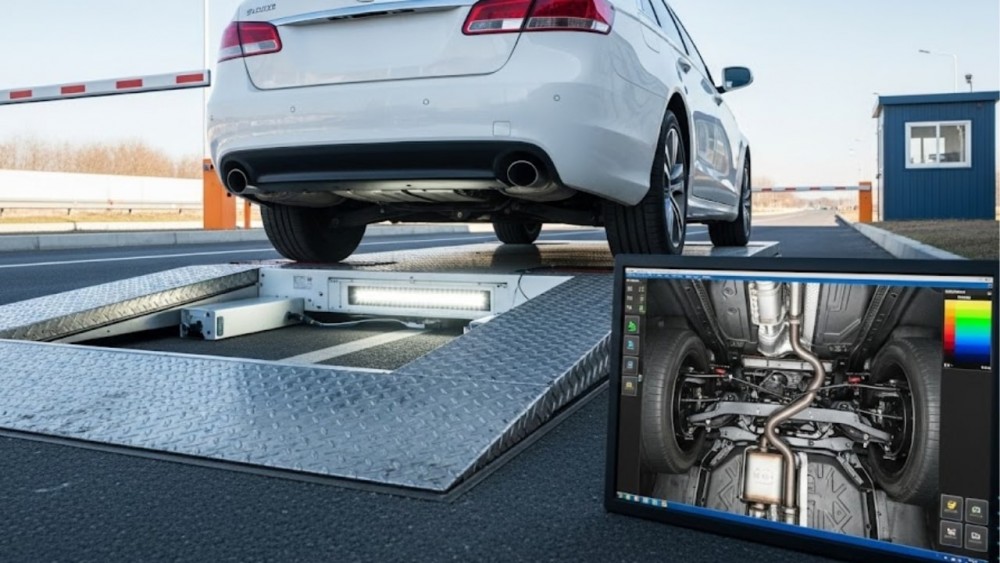Modern Approaches to Detecting Concealed Threats Beneath Vehicles Detecting hidden threats under vehicles has become a critical part of modern security operations. With the rise of automated inspection tools and intelligent imaging systems, organizations are shifting away from traditional manual checks and embracing advanced methods that enhance accuracy, speed, and threat visibility. Today’s innovations focus on merging smart sensors, real-time analytics, and automation to create highly reliable screening environments capable of identifying risks before they enter secure premises. The Limitations of Traditional Undercarriage Checks For many years, physical inspections were the default method for identifying weapons, explosives, or hidden contraband beneath vehicles. Although functional, they posed clear limitations. Inspectors faced challenges such as low visibility, weather conditions, human fatigue, and the inability to document inspections properly. These gaps created opportunities for threats to slip through, especially in high-traffic or high-security zones where speed and precision are essential. Rise of Automated Vision and Scanning Technologies The security industry has shifted dramatically toward automated scanning tools that capture undercarriage details in seconds. These systems use high-resolution imaging, LED illumination, and motion-triggered scanning to reveal even the smallest anomalies. The introduction of intelligent software allows these tools to compare real-time images against reference databases, highlighting changes or suspicious modifications that would be hard to detect manually. This advancement ensures inspections are consistent, error-free, and suitable for locations with heavy vehicle movement such as defense facilities, critical infrastructure, and corporate entrances. Artificial Intelligence as a Security Multiplier AI plays a central role in modern threat detection. Machine-learning algorithms analyze vehicle images frame by frame, differentiating between normal components and possible dangers. Instead of depending solely on human interpretation, AI provides objective assessment, reducing false positives and speeding up decision-making. Systems enhanced by AI can identify unusual patterns, detect tampered sections, and notify operators instantly. This fusion of automation and intelligence is what gives the uvis system a major advantage over older inspection methods. Real-Time Alerts and Smart Dashboard Monitoring Another major innovation is the integration of centralized dashboards. Security teams can monitor multiple lanes, review scans, store inspection history, and compare vehicles from previous visits. Real-time alerts highlight suspicious findings without interrupting the flow of vehicles. These streamlined features make operations more efficient and reduce delays at checkpoints. Enhanced Security Without Compromising Traffic Flow Modern concealed-threat detection systems are designed with speed in mind. Even in high-volume areas such as industrial zones, logistic hubs, embassies, or stadiums, vehicles move through checkpoints with minimal waiting time. Automated systems provide complete undercarriage visibility within seconds, ensuring both convenience and maximum security. A Future Driven by Data and Automation As security challenges evolve, detection technologies will continue advancing. Future solutions may include autonomous threat assessment, predictive analysis, and deeper integration with vehicle databases. The ultimate goal is to create adaptive, learning-based systems that detect risks before they reach sensitive areas. Visit website : https://cpuvis.com






















